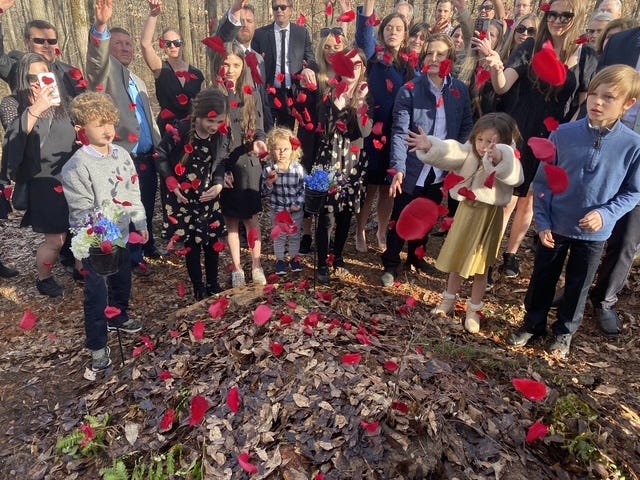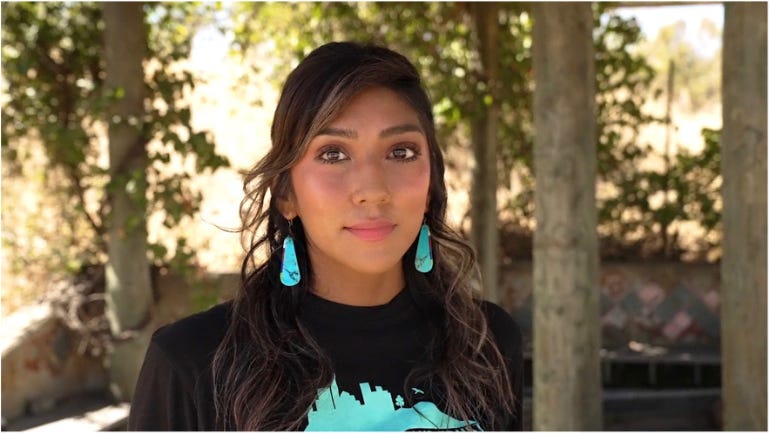Dear Solution-aries,
There is life after death, and I’m not talking about Easter and Jesus.
In the foothills of the Appalachian Mountains, a quiet revolution in end-of-life practices is underway. At Ramsey Creek Preserve near Westminster, South Carolina, the deceased do not rest under rows of cold marble, but beneath meadows and oaks, their presence woven into the natural world. A simple flat natural mafic stone marks each grave, blending seamlessly into the landscape.
The first body Billy Campbell buried on his land was the stillborn child of friends. Then a colleague who died suddenly in a car accident “solidified the rightness of it,” Campbell recounts.
Describing his mission, he says, “When you bury the first body it changes the feel of the land. Connecting people to the land was always at the core.”
In 2006, Ramsey Creek Preserve became the first certified conservation burial ground in the U.S., and perhaps the world. It has served as a laboratory to develop standards of conservation burials, including best practices for natural interment and ecological restoration. Billy and Kimberley Campbell dislike the terms “natural” or “green” burial, because they aren’t clearly defined and sometimes mask corporate greenwashing. “The land is the burial suit,” Billy Campbell says. He defines conservation burials as serving a higher, significant conservation purpose. “We call it CPR for the land,” he says, “Conservation, preservation, restoration.”
As conservation burial sites multiply, the movement continues to challenge the funeral industry’s environmental footprint and cultural detachment from death. The Campbells’ vision is bold: to restore and rewild a million acres through conservation burials.
“What we’re doing is actually not new, but has been tried and true for thousands of years,” Billy Campbell says. “We have lost the skill of taking care of our dead. We gave that task away. And in doing so, we’ve become disconnected from death.”
Read the full story here at Reasons to be Cheerful.
I also wrote about the Indigenous revival of cultural burns:
Bringing ‘Good Fire’ Back to the Land
Righting a historic wrong, California now allows Indigenous cultural burns. Their healing effects ripple through tribes, forests and waterways.
I spoke with Melinda Adams, San Carlos Apache Tribe member and geography and atmospheric science professor at the University of Kansas. She calls these practices “indigenuity — Indigenous genius.”
“We’re not just healing the land ecologically and doing good stewardship work that’s eventually going to regenerate the plant communities,” she says.
Read the full story at Reasons to be Cheerful here.
Both stories speak to our connection with nature, the reciprocity of our relationship with the natural world, and people actively working towards rekindling this connection many of us have lost.
Cheerfully,
Michaela






Thank you for another great article. I'm sharing “indigenuity — Indigenous genius.”